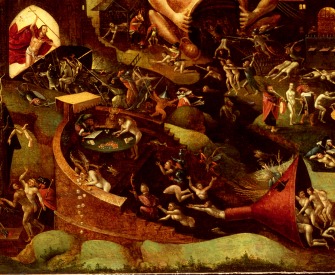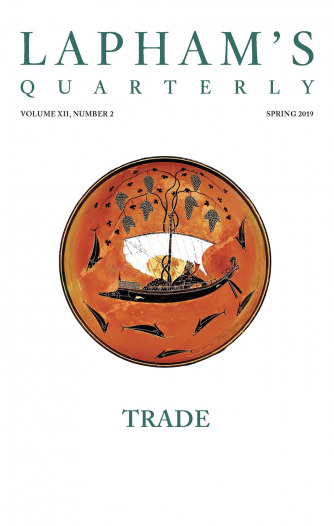The things of the night cannot be explained in the day, because they do not then exist.
—Ernest Hemingway, 1929Stargazing
Maria Mitchell tells you to look up.
There is a dialogue in some of the old school readers, and perhaps in some of the new, between a tutor and his two pupils who had been out for a walk. One pupil complained that the way was long, the road was dusty, and the scenery uninteresting; the other was full of delight at the beauties he had found in the same walk. One had walked with his eyes intellectually closed; the other had opened his eyes wide to all the charms of nature.
In some respects we are all, at different times, like each of these boys: we shut our eyes to the enjoyments of nature, or we open them. But we are capable of improving ourselves, even in the use of our eyes—we see most when we are most determined to see. The will has a wonderful effect upon the perceptive faculties. When we first look up at the myriads of stars seen in a moonless evening, all is confusion to us; we admire their brilliancy, but we scarcely recognize their grouping. We do not feel the need of knowing much about them.
A traveler, lost on a desert plain, feels that the recognition of one star, the polestar, is of itself a great acquisition; and all persons who, like mariners and soldiers, are left much with the companionship of the stars, only learn to know the prominent clusters, even if they do not know the names given to them in books.
The daily wants of the body do not require that we should say, as did Virgil, “Give me the ways of wandering stars to know / The depths of heaven above and earth below.” But we have a hunger of the mind which asks for knowledge of all around us, and the more we gain, the more is our desire; the more we see, the more are we capable of seeing.
The eye is as teachable as the hand. Everyone knows the most prominent constellations—the Pleiades, the Great Bear, and Orion. Many persons can draw the figures made by the most brilliant stars in these constellations, and very many young people look for the “lost Pleiad.” But common observers know these stars only as bright objects; they do not perceive that one star differs from another in glory; much less do they perceive that they shine with differently colored rays.
Those who know Sirius and Betel do not at once perceive that one shines with a brilliant white light and the other burns with a glowing red, as different in their brilliancy as the precious stones on a lapidary’s table, perhaps for the same reason. And so there is an endless variety of tints of paler colors. We may turn our gaze as we turn a kaleidoscope, and the changes are infinitely more startling, the combinations infinitely more beautiful; no flower garden presents such a variety and such delicacy of shades.
But beautiful as this variety is, it is difficult to measure it; it has a phantomlike intangibility—we seem not to be able to bring it under the laws of science. We call the stars garnet and sapphire; but these are, at best, vague terms. Our language has not terms enough to signify the different delicate shades; our factories have not the stuff whose hues might make a chromatic scale for them.
Nothing comes out more clearly in astronomical observations than the immense activity of the universe. “All change, no loss, ’tis revolution all.”

Maria Mitchell
From her diary. “Observations of this kind are peculiarly adapted to women,” Mitchell writes later in this entry. “Indeed, all astronomical observing seems to be so fitted.” In October 1847, at the age of twenty-nine, Mitchell spotted a comet and became the first American woman credited with such a discovery; the following year she became the first female member of the American Academy of Arts and Sciences. When Vassar College opened in 1865, Mitchell became director of the observatory and a professor of astronomy.

